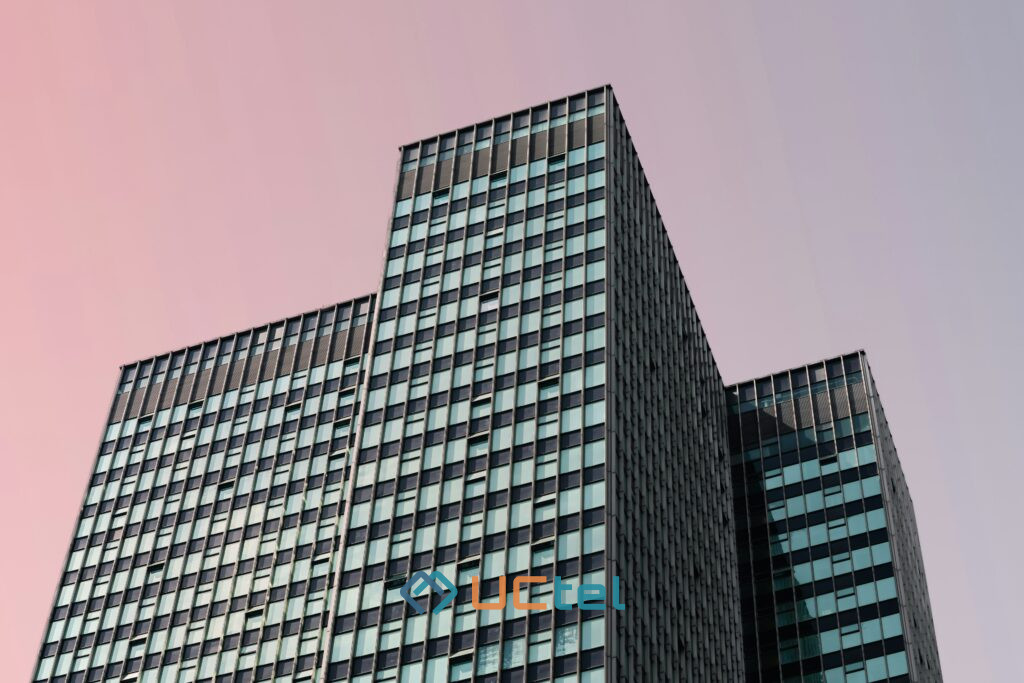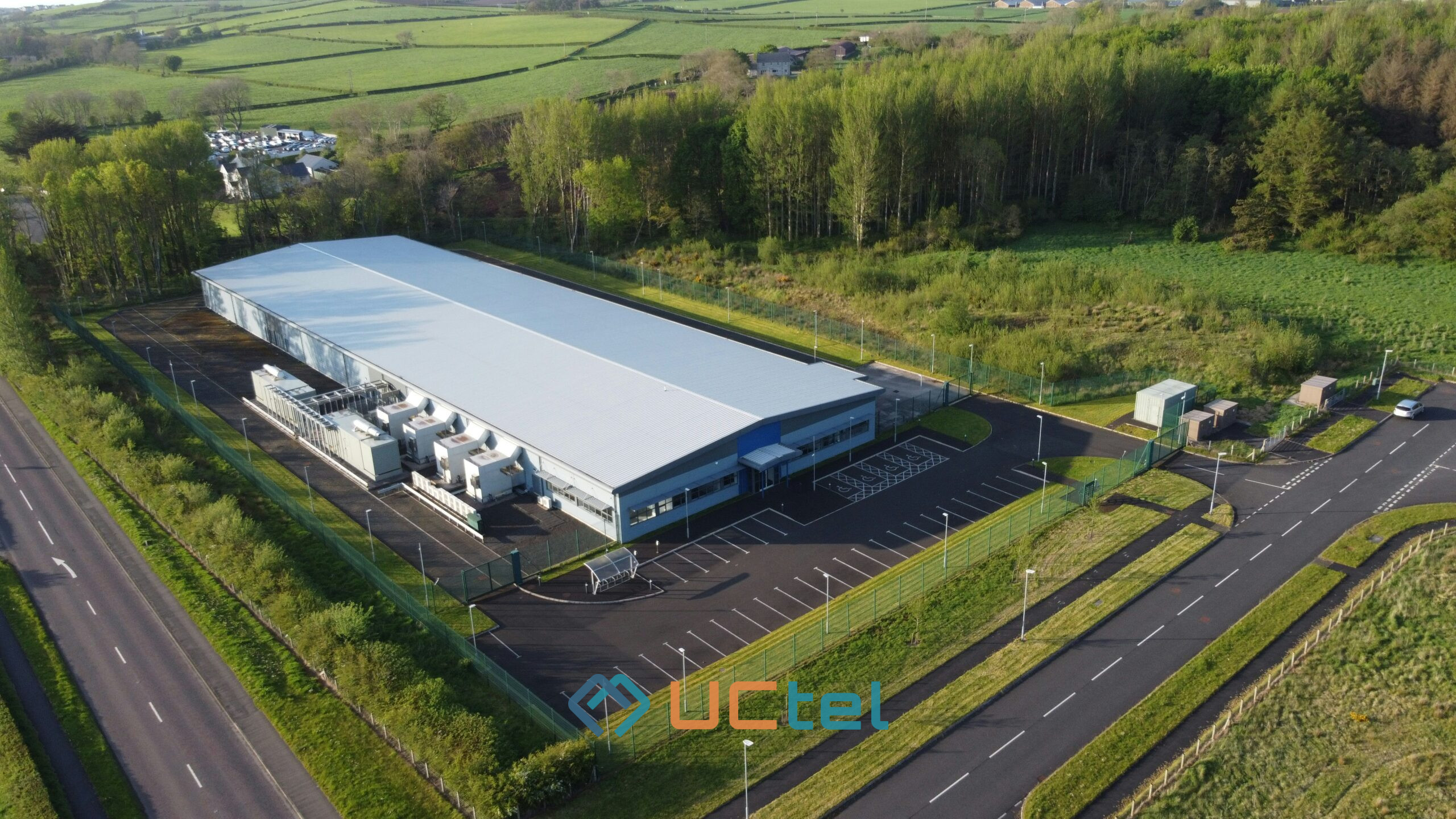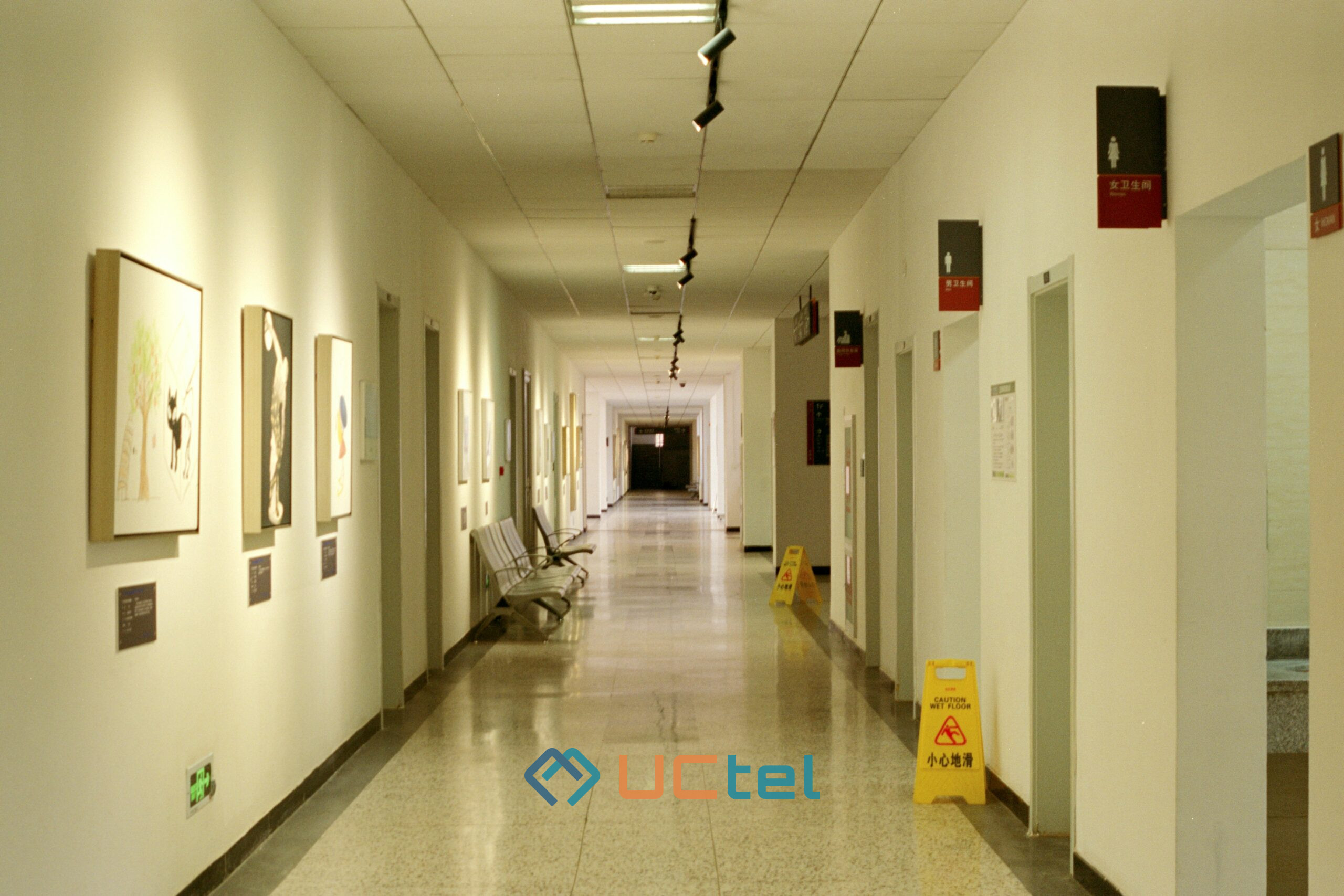How to comply with Ofcom when deploying in-building boosters?

Table of contents
Updated September 2025
Deploying mobile signal boosters in the UK comes with strict legal obligations. The question many facility managers ask is: How to comply with Ofcom when deploying in-building boosters? The answer is clear: only use Ofcom-approved equipment, follow Interface Requirement IR 2102, document your installation, and be prepared to monitor and remediate if issues arise. This guide breaks down the essentials into practical steps.
Follow-Up Questions
Are boosters legal in the UK?
- Yes, but only if they meet Ofcom’s IR 2102 standard and fall within the licence-exempt category. Anything outside these rules is unlawful.
What are the core technical requirements?
- Automatic gain control, oscillation shutdown, strict noise and emission limits, band selectivity, and compliance with standby noise rules.
Do I need a licence?
- No, provided your booster is Ofcom-compliant and licence-exempt. Otherwise, a licence is required or the device must not be used.
How do I prove compliance?
- Through installation records, testing reports, monitoring logs, and clear documentation of antenna layouts and gain settings.
What happens if my booster causes interference?
- Ofcom can require you to shut down, reconfigure, or remove the equipment. Non-compliance risks fines and legal enforcement
Compliance Options
| Option | Legal Status | Notes |
| Ofcom-compliant static indoor booster | ✅ Licence-exempt | Must meet IR 2102 conditions |
| Ofcom-compliant in-vehicle booster | ✅ Licence-exempt | For vehicles only, limited gain |
| Grey-market / wideband repeater | ❌ Illegal | Causes interference, subject to enforcement |
| Operator-supplied DAS / small cell | ✅ Legal | Covered under operator licence |
| Hybrid system (booster + DAS) | ✅ If all components compliant | Must respect gain and emission limits |
Best Practice for Installation
Even with compliant hardware, poor design can make a system unlawful. Donor antennas should be installed with line-of-sight to the serving mast and isolated from indoor antennas to prevent oscillation. Use shielded, low-loss cables and secure equipment in tamper-proof enclosures. Coverage zones must be carefully planned to avoid overspill outside the building. A phased deployment with rollback options reduces risks and ensures compliance at every stage.
Testing is equally important. Measure signal levels, check spectral purity, and confirm that idle mode power levels meet Ofcom’s limits. Keep detailed logs with antenna placements, gain settings, and firmware versions. These records form your defence in case of an Ofcom audit or interference complaint.
Risks of Non-Compliance with Ofcom
Running a non-compliant booster is not a small risk—it can trigger serious enforcement action. Ofcom has the power to issue fines, seize equipment, and even prosecute if repeaters cause interference to licensed mobile networks. Operators themselves may also detect and report interference, which can lead to service disruption notices and contractual liabilities for the building owner.
Beyond legal exposure, rogue boosters create practical headaches. They can degrade signal quality for surrounding buildings, reduce capacity for mobile users, and undermine relationships with network providers. In the worst case, emergency calls may fail because of uplink interference. For any organisation, the reputational and financial cost of non-compliance far outweighs the investment required for a legal, Ofcom-approved system.
Why Uctel Is Different
Uctel has a proven track record deploying Ofcom-compliant boosters across healthcare, enterprise, and residential environments. Unlike generic installers, Uctel ensures:
- Full compliance: Only Ofcom-approved boosters and IR 2102 checks.
- Secure installations: Tamper-proof, isolated, and audit-ready.
- Continuous monitoring: Real-time alerts and proactive remediation.
- Future-ready: Modular designs that scale with 5G and IoT.
When compliance is critical, Uctel provides peace of mind with systems built to pass inspection the first time.
Conclusion & TL;DR
To stay compliant with Ofcom when deploying in-building boosters:
- Only use boosters that meet IR 2102.
- Follow best practices for design, testing, and documentation.
- Monitor continuously and prepare for remediation.
Talk to Uctel for a compliance audit and deployment plan that keeps you on the right side of Ofcom.
Frequently Asked Questions
Can I buy a cheap repeater online and install it?
- No. Most low-cost, wideband repeaters are illegal and risk enforcement.
What if my building has multiple operators?
- Use a multi-operator booster approved under Ofcom’s licence-exempt rules, or a DAS.
Do boosters support 5G?
- Some models already cover 5G bands, provided they comply with IR 2102.
How long does installation take?
- Small systems can be installed in a few days; larger or hybrid systems may take weeks.
What happens if Ofcom finds interference?
- You must shut down immediately and remediate. Proper documentation and monitoring make this process easier.





